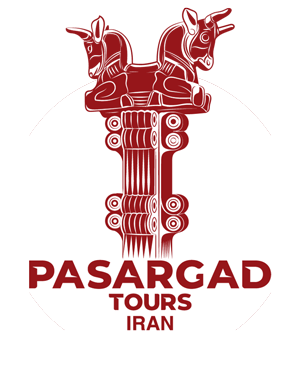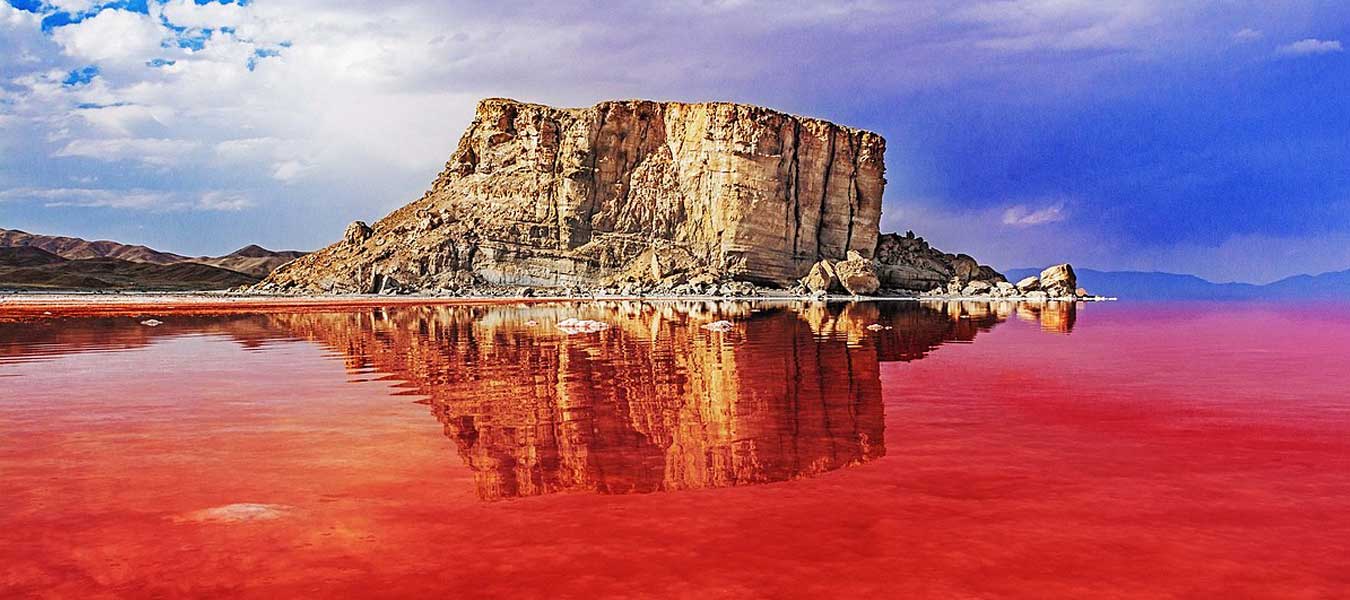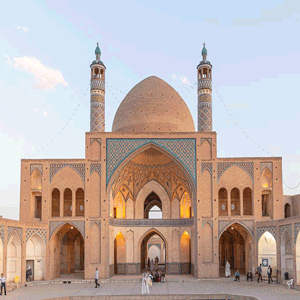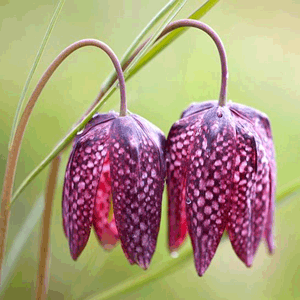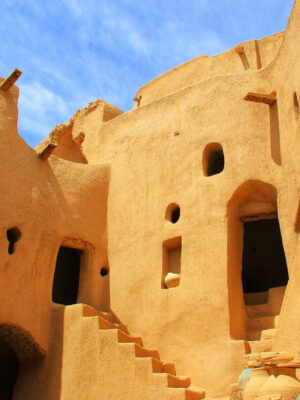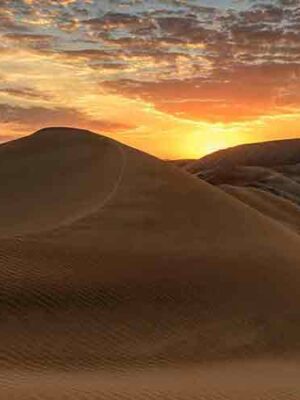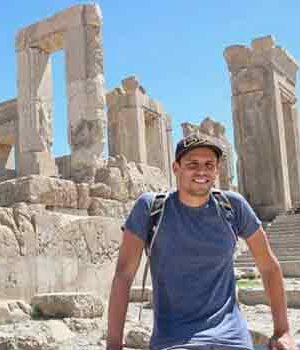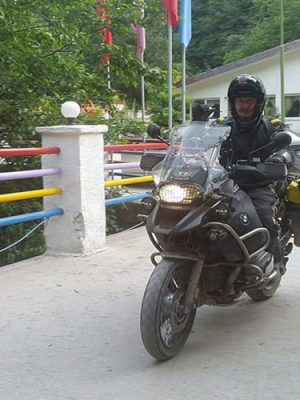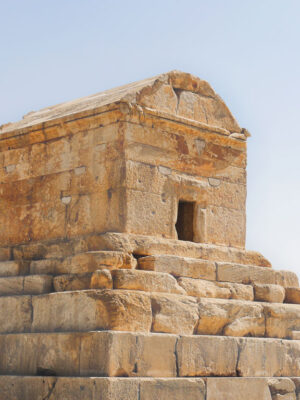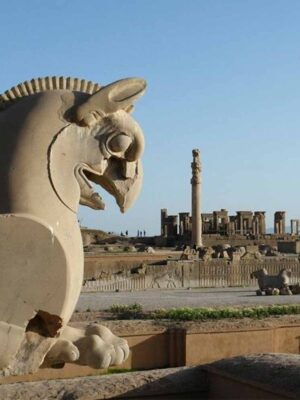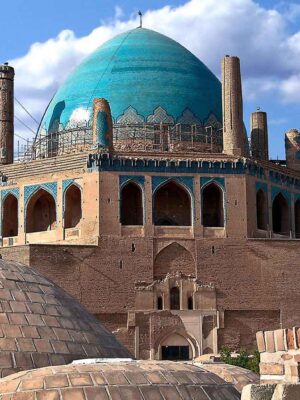Persian poets have long lauded the variety of grape gardens in Urmia. As Persian verse reads “On the scenic roads of Urmia, you will see caravans loaded with grapes”. West Azerbaijan province has the blessing of natural beauty which includes the areas of Urmia and Maku. It also encompasses Silvaneh (Silvana) where lay the slopes of the high elevations, between the borders of Iran and Turkey. The name “Silvana” originates from the Italian word which means goddess of the forest. It is interesting to know that local people have given the title of ‘a little piece of heaven’ to this area.
The majestic UNESCO World Heritage Site of Takht-e Soleyman, that is in the southeast of this city, conceals many mysterious of ancient empires. According to historical records, there was a temple in this city. Saint Mary was the commissioner of this holy place which was perhaps the first church before the birth of Christ. Historically, people called Urmia ‘the city of religions’ due to its diverse population. The inhabitants comprised people of different faiths and ethnicities living together in peace.
With the appearance of American missionaries in the early 19th century, Urmia began the process of modernization earlier than other cities of Iran, which led to the construction of the first modern school, hospital, and printing house of Iran. Among the attractions in the city are the Segonbad Tower, Urmia Jame Mosque, and St. Mary’s Church.
Urmia
Persian poets have long lauded the variety of grape gardens in Urmia. As Persian verse reads “On the scenic roads of Urmia, you will see caravans loaded with grapes”. West Azerbaijan province has the blessing of natural beauty which includes the areas of Urmia and Maku. It also encompasses Silvaneh (Silvana) where lay the slopes of the high elevations, between the borders of Iran and Turkey. The name “Silvana” originates from the Italian word which means goddess of the forest. It is interesting to know that local people have given the title of ‘a little piece of heaven’ to this area.
The majestic UNESCO World Heritage Site of Takht-e Soleyman, that is in the southeast of this city, conceals many mysterious of ancient empires. According to historical records, there was a temple in this city. Saint Mary was the commissioner of this holy place which was perhaps the first church before the birth of Christ. Historically, people called Urmia ‘the city of religions’ due to its diverse population. The inhabitants comprised people of different faiths and ethnicities living together in peace.
With the appearance of American missionaries in the early 19th century, Urmia began the process of modernization earlier than other cities of Iran, which led to the construction of the first modern school, hospital, and printing house of Iran. Among the attractions in the city are the Segonbad Tower, Urmia Jame Mosque, and St. Mary’s Church.
Urmia
Persian poets have long lauded the variety of grape gardens in Urmia. As Persian verse reads “On the scenic roads of Urmia, you will see caravans loaded with grapes”. West Azerbaijan province has the blessing of natural beauty which includes the areas of Urmia and Maku. It also encompasses Silvaneh (Silvana) where lay the slopes of the high elevations, between the borders of Iran and Turkey. The name “Silvana” originates from the Italian word which means goddess of the forest. It is interesting to know that local people have given the title of ‘a little piece of heaven’ to this area.
The majestic UNESCO World Heritage Site of Takht-e Soleyman, that is in the southeast of this city, conceals many mysterious of ancient empires. According to historical records, there was a temple in this city. Saint Mary was the commissioner of this holy place which was perhaps the first church before the birth of Christ. Historically, people called Urmia ‘the city of religions’ due to its diverse population. The inhabitants comprised people of different faiths and ethnicities living together in peace.
With the appearance of American missionaries in the early 19th century, Urmia began the process of modernization earlier than other cities of Iran, which led to the construction of the first modern school, hospital, and printing house of Iran. Among the attractions in the city are the Segonbad Tower, Urmia Jame Mosque, and St. Mary’s Church.
Related Tours





